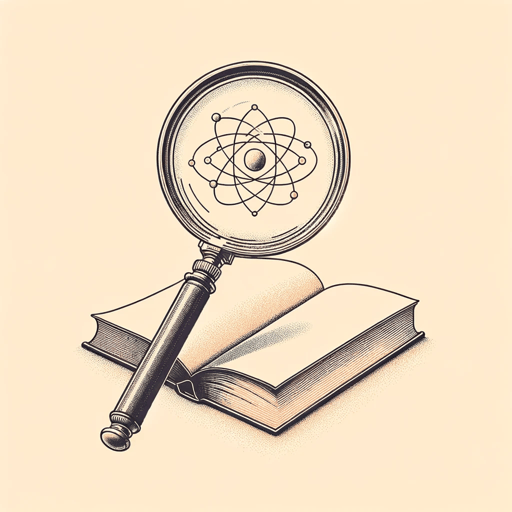63 pages • 2 hours read
Karl PopperThe Logic of Scientific Discovery
Nonfiction | Book | Adult | Published in 1934A modern alternative to SparkNotes and CliffsNotes, SuperSummary offers high-quality Study Guides with detailed chapter summaries and analysis of major themes, characters, and more.
Part 2, Chapters 3-7Chapter Summaries & Analyses
Part 2: “Some Structural Components of a Theory of Experience”
Part 2, Chapter 3 Summary: “Theories”
Popper opens by suggesting that the logic of a scientific methodology must impose a theory of theories because science functions as a system of various hypotheses. These theories are also described as “universal statements.” These statements intend to make sense of the world and its operations.
Causality, Explanation, and the Deduction of Predictions
Popper utilizes an example of a broken thread to illustrate the components of a causal explanation of an event. In this illustration, a thread with one pound test has two pounds of weight put on top of it. The thread breaks. The scientist first has a hypothesis—that if a weight is put upon a thread that exceeds its tensile strength, it will break. This is a scientific statement, but it also has two other scientific statements: the weight of the thread and the weight of the pressure. The first statement, the hypothesis, functions as a universal statement. The other two statements are singular statements. Popper suggests that both are necessary for causal explanations.
Popper uses the term “causal explanation” instead of “principle of causality” because the latter implies that an event can be wholly determined by its causal explanation. Causal explanations provide statements, but they can also be falsified.


